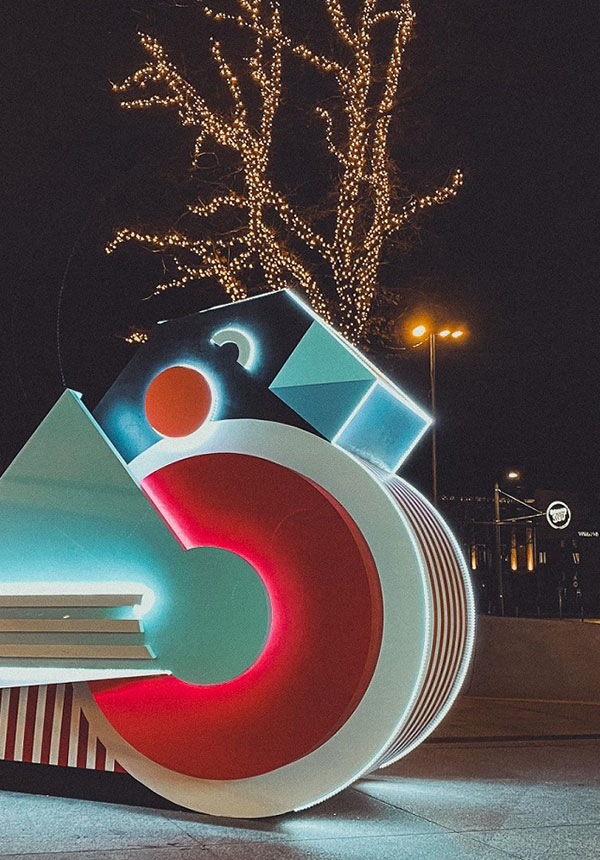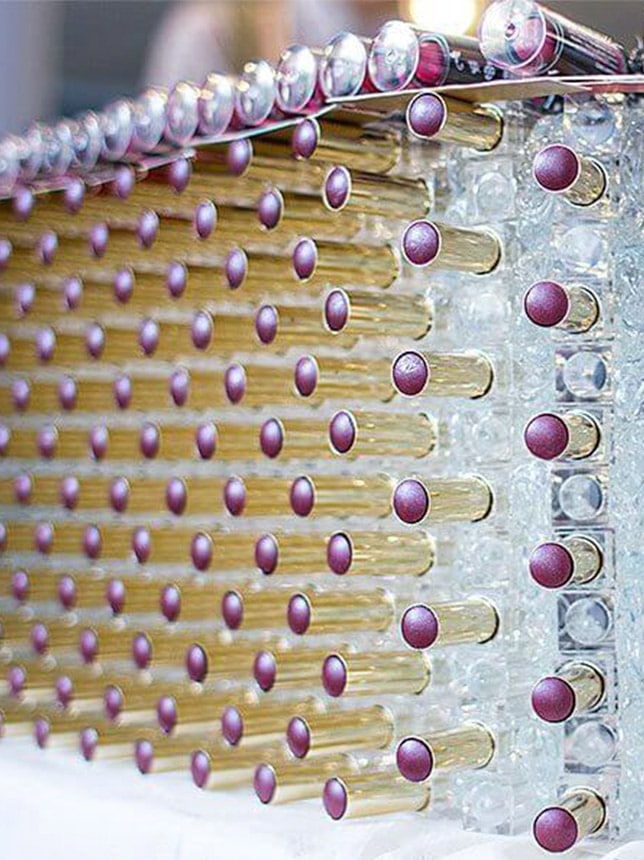Straw Art: Transforming Waste into Stunning Sculptures of Women’s Faces
Introduction: The Evolution of Straw Art in Sustainable Creativity
Straw art is an ancient craft that has been reimagined in the modern era to address pressing environmental concerns. With plastic pollution at an all-time high, artists are finding innovative ways to transform waste materials into meaningful artwork.
A prime example of this innovation is the project where 32 bars in Vilnius enhanced their facades with plastic straw art designed and created by me. This installation was made from approximately 10,000 used craft straws, collected from local establishments. This project aimed to raise awareness about the environmental impact of single-use plastics while showcasing the artistic potential of discarded materials.
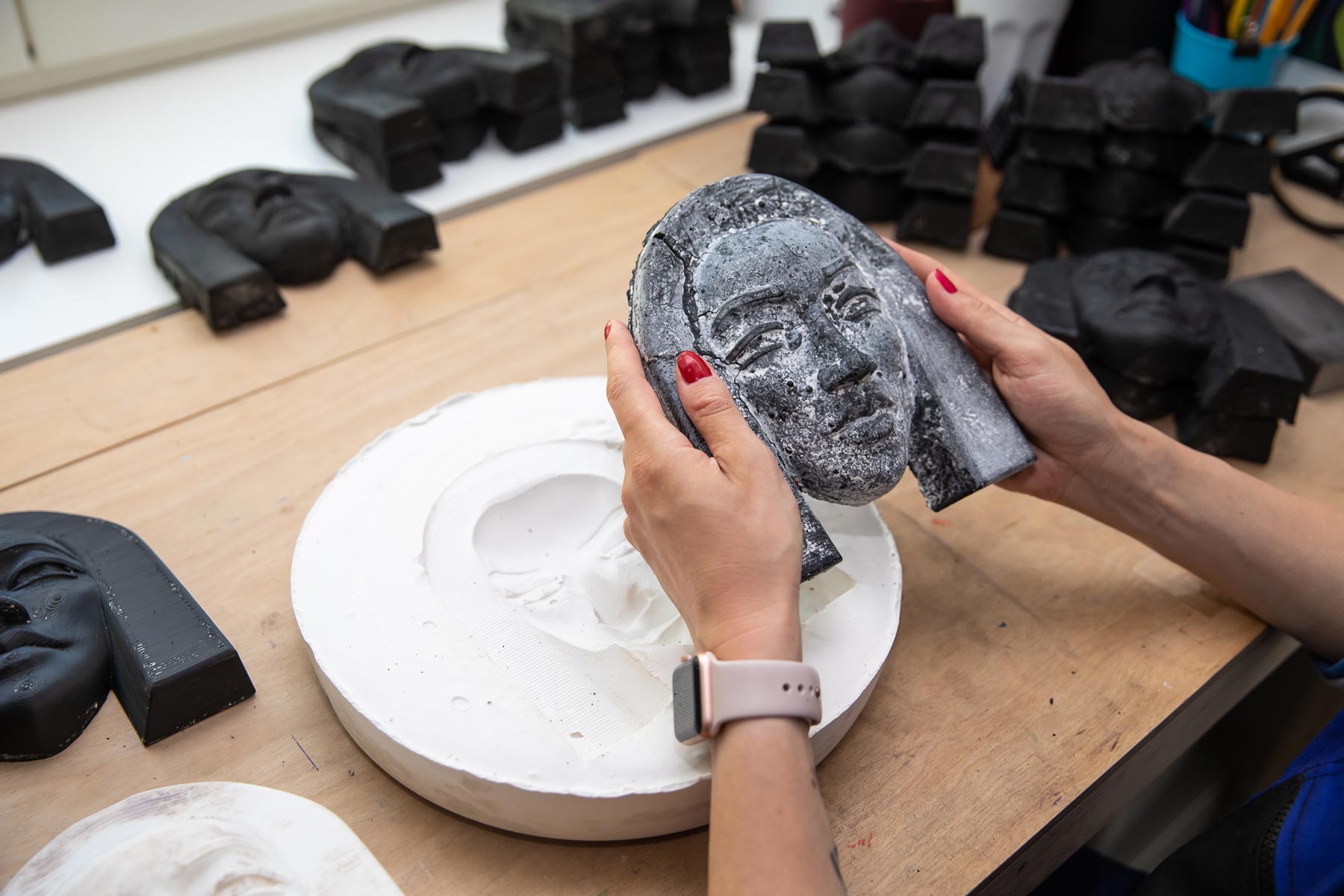
The Environmental Impact of Plastic Straws
Plastic straws are one of the most common pollutants found in oceans and landfills. According to National Geographic, the U.S. alone consumes about 500 million disposable straws daily. Due to their small size and lightweight nature, they often evade recycling systems and pose a severe threat to marine life.
Through plastic straw sculpture, this project aims to highlight the urgency of reducing plastic waste. It encourages both businesses and individuals to rethink the necessity of disposable plastics.
The Making of the Plastic Straw Art Installation
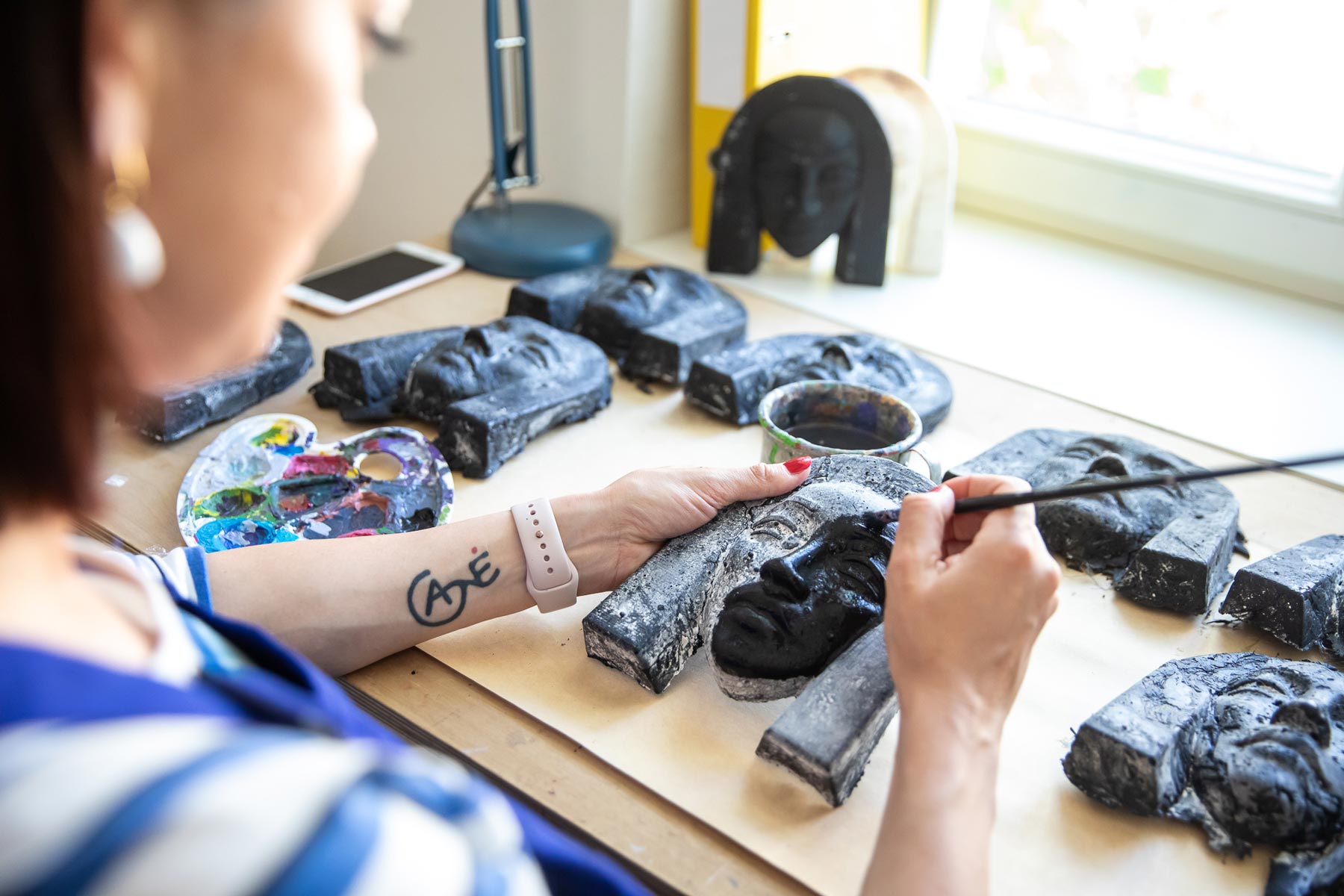
Step 1: Collecting and Sorting Used Straws
Thanks to the support of Pernod Ricard Lithuania, we gathered thousands of discarded straws from bars. The goal was to provoke discussion: Is a plastic straw really an essential part of your beverage?
Step 2: Experimenting with Materials
Creating this straw sculpture was more challenging than anticipated. I initially tested various materials like clay, gypsum, silicone, and epoxy. However, I decided to remain faithful to the core concept: using only craft straws without any additional substances. The process involved:
- Transporting large bags of straws to a local technical hub.
- Using a shredding machine to break down the plastic straws.
- Melting the shredded pieces to create a moldable medium.
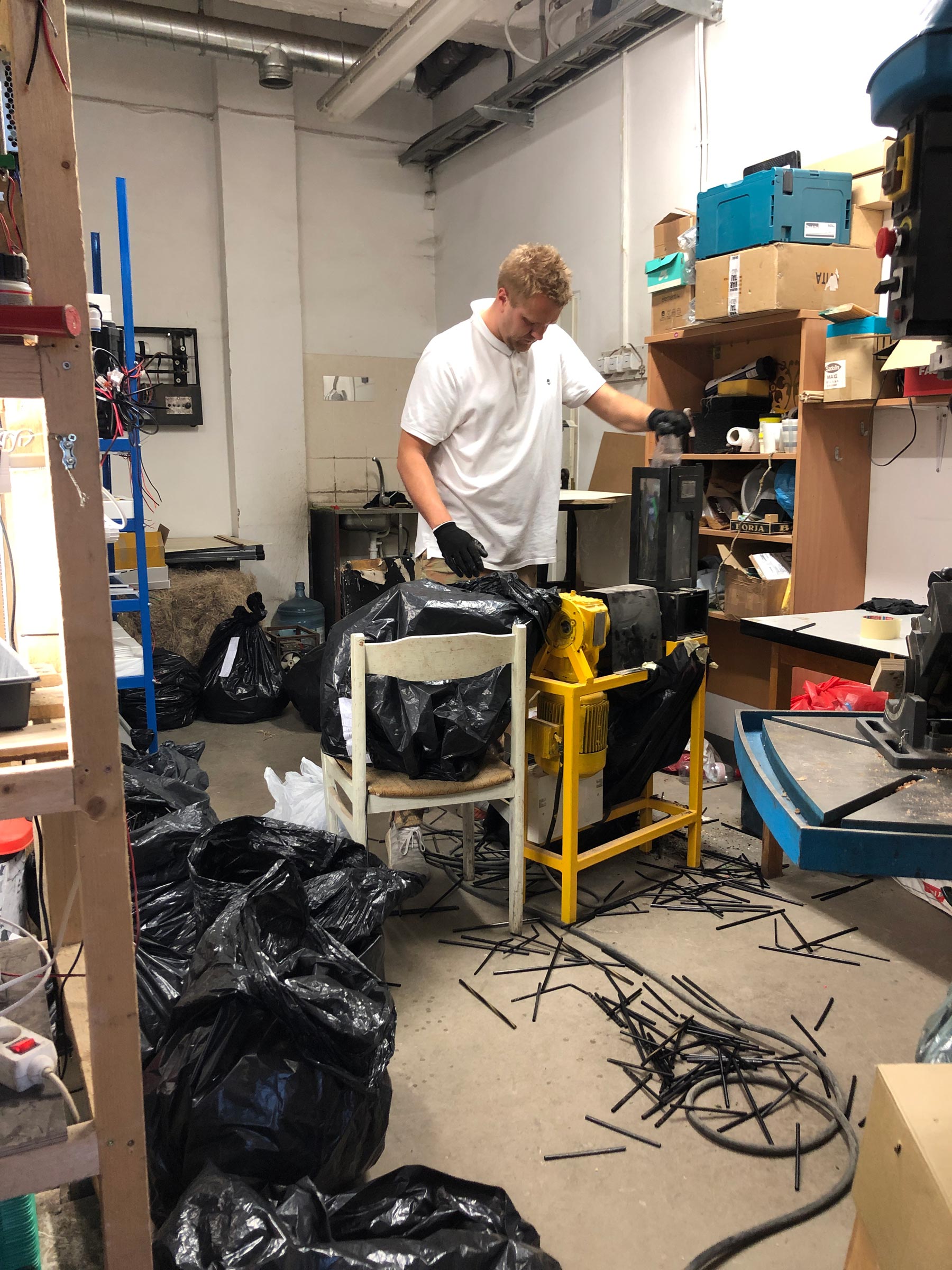
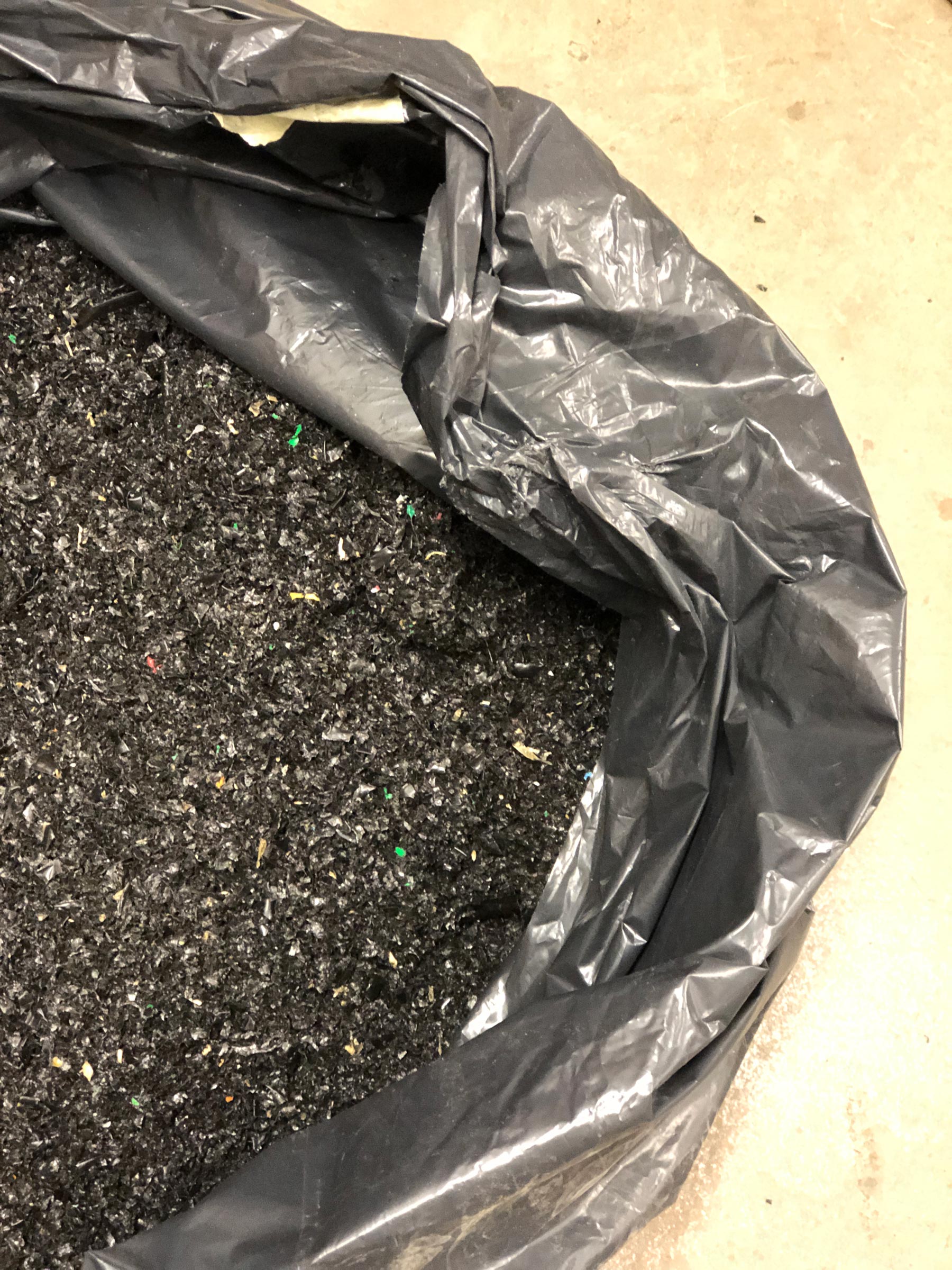
Step 3: Sculpting and Forming the Faces
The sculptures were shaped using gypsum molds, into which the melted art straws were poured. One of the biggest challenges was controlling the pressure to ensure uniformity. Each sculpture took on a unique shape, symbolizing the individuality of every person.


Step 4: Finishing Touches and Assembly
Once solidified, the sculptures underwent:
- Polishing: Excess plastic and dust were removed.
- Painting: Each sculpture was coated in black paint to enhance details.
- Attachment: The sculptures were glued onto concrete flower pots, completing the final aesthetic.
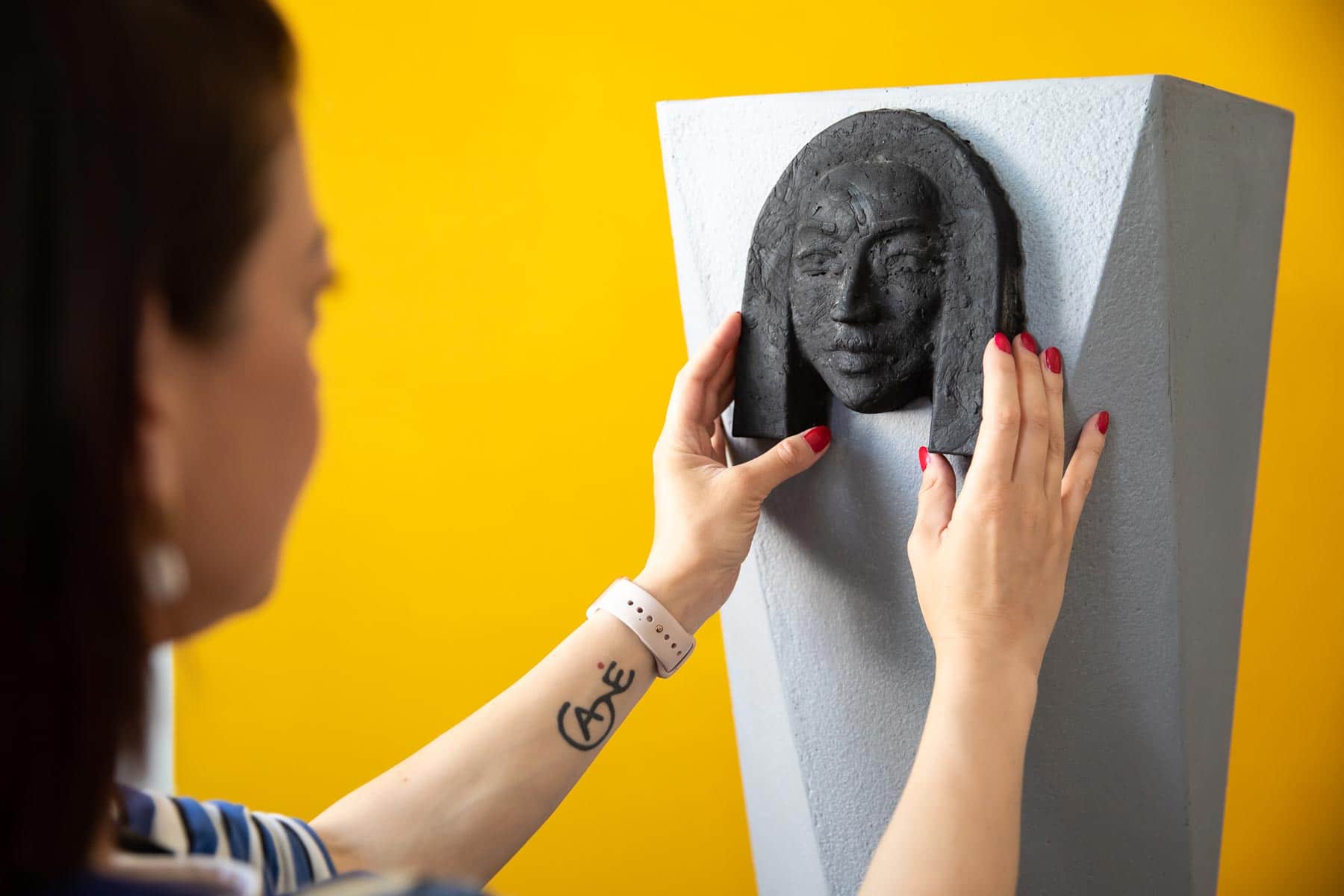
Why Not Use Plastic Straws in Their Original Shape?
Many have asked: Why didn’t you simply use plastic straws as they are? The answer is simple: aesthetics. While basic crafts with straws exist, they often lack the visual impact I strive for in my art. I wanted the sculptures to carry depth and emotion rather than just be a recycled object.
Straw Art in a Historical Context
Straw crafts are not a new concept. Various cultures have embraced straw art ideas for centuries:
- Chinese Straw Weaving: An intricate art form dating back to the Han Dynasty.
- Mexican Popotillo Art: A tradition of dyed straw mosaics.
- Lithuanian Straw Ornaments: Used in traditional decorations and sacred symbols.
Expanding the Boundaries of Straw Sculpture Ideas
As more artists explore plastic straw sculpture, exciting innovations continue to emerge:
- 3D Printing with Recycled Straw Materials: A fusion of digital technology with traditional craft (Art Basel).
- Wearable Straw Art: Jewelry and accessories crafted from art straws.
- Public Installations: Large-scale straw art pieces raising environmental awareness.
The Lasting Impact of Straw Art
This project was more than just a personal artistic endeavor. It was a statement on waste, sustainability, and the potential for discarded materials to be reborn as something beautiful. As we move toward a more sustainable future, straw sculpture ideas like this one remind us that art has the power to transform perceptions and inspire action.
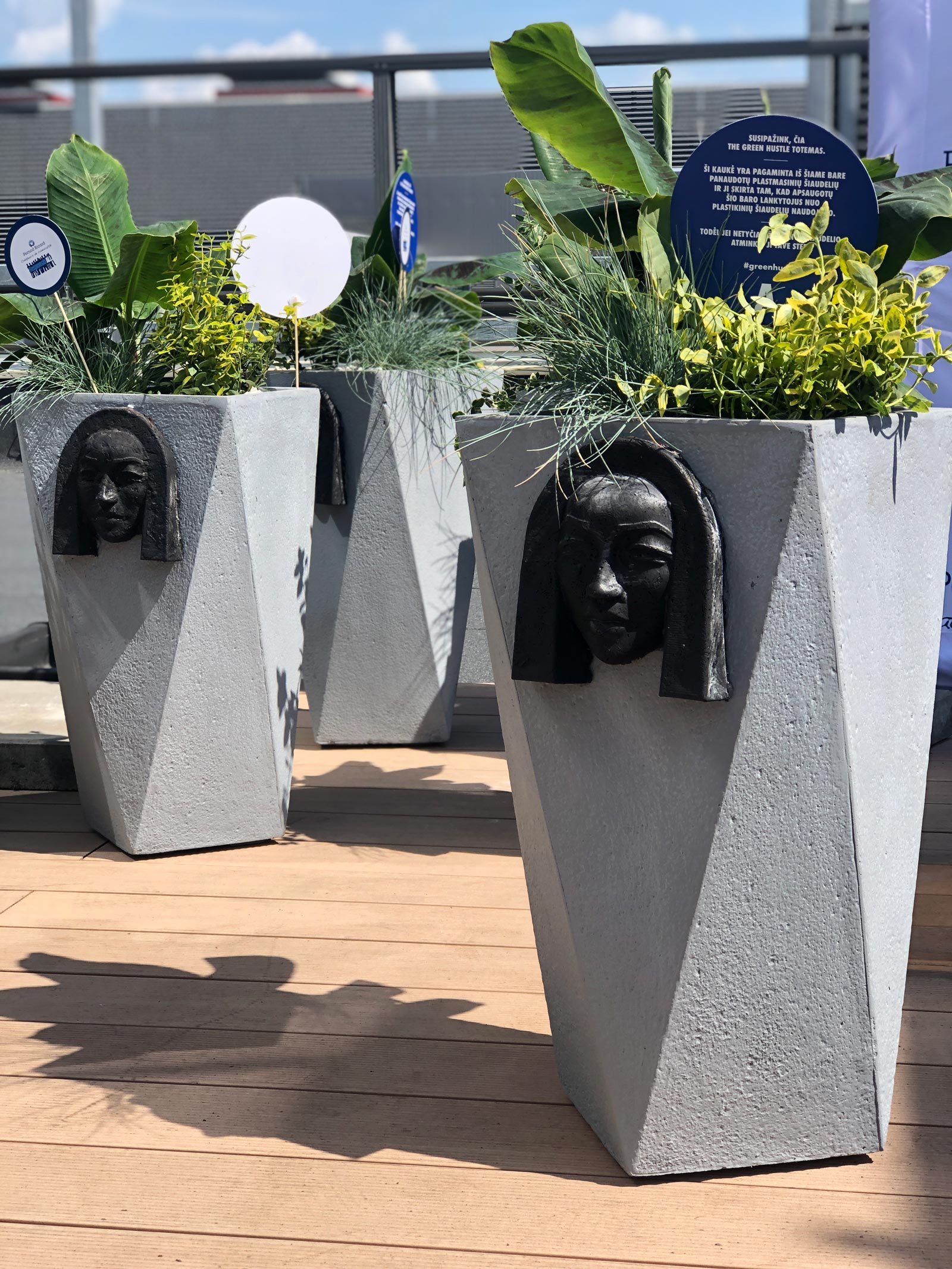
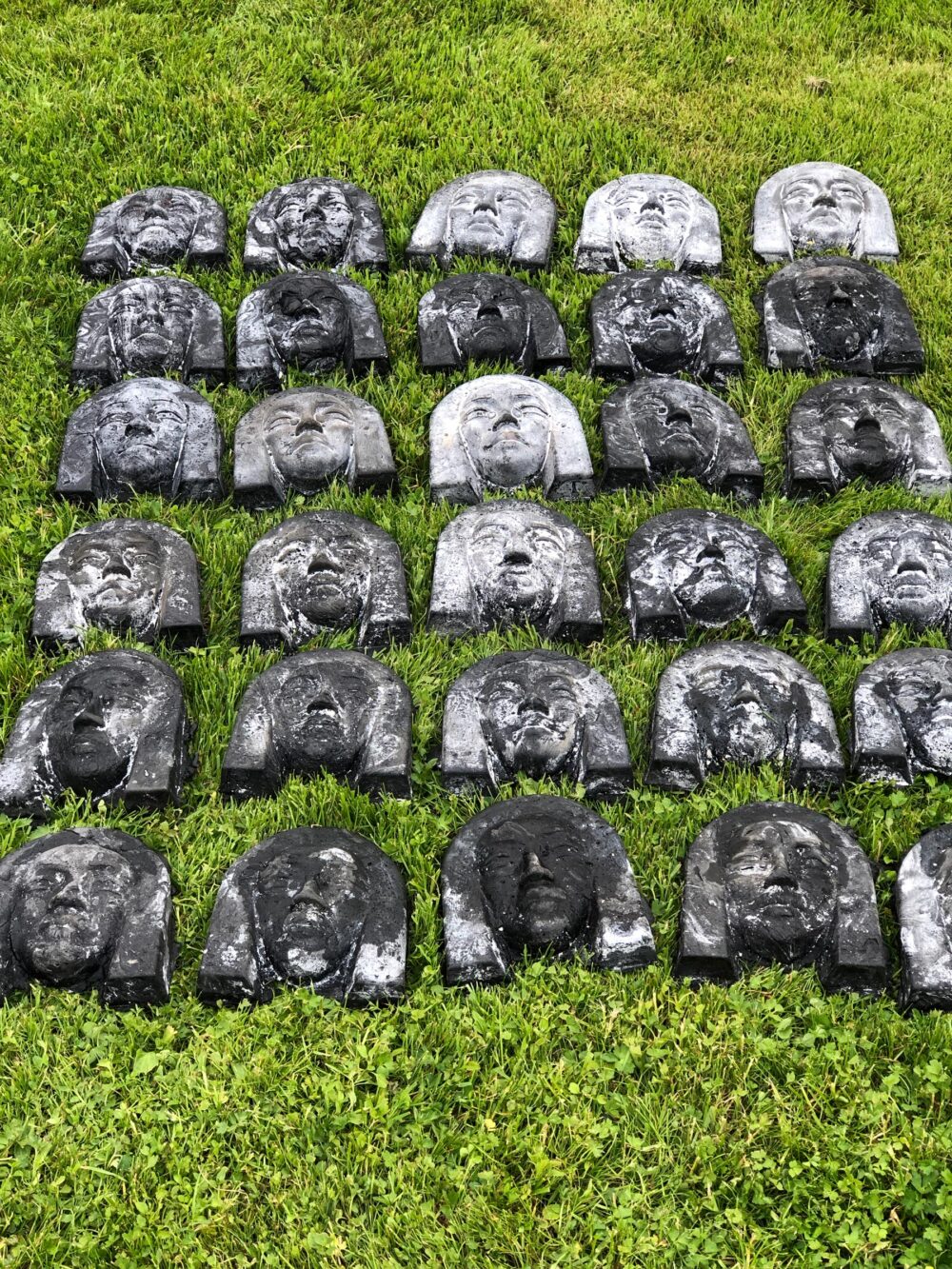
About Agne Kisonaite
Agnė Kišonaitė is known for multiple art installations and her relentless passion for turning discarded items into art pieces. Her art has been recognized by the Lithuanian National Design Prize Award (2015). Also, she is a Guinness World Record holder (2015) for art installation ‘Lipstick Tower”. One of her biggest projects to date is called “Diabetes,” exhibited in Abu Dhabi. It was created with used insulin syringes of people with diabetes – including the artist herself. Marking “World Diabetes Day” in 2018, Agnė Kišonaitė created a painting called “Family” using blood glucose test strips and donated this piece of art to Kaunas Clinics. Her other work includes installations with used lipsticks, empty nail polish bottles, disposed of coffee capsules, and various packaging forms, which has already served its primary purpose.

